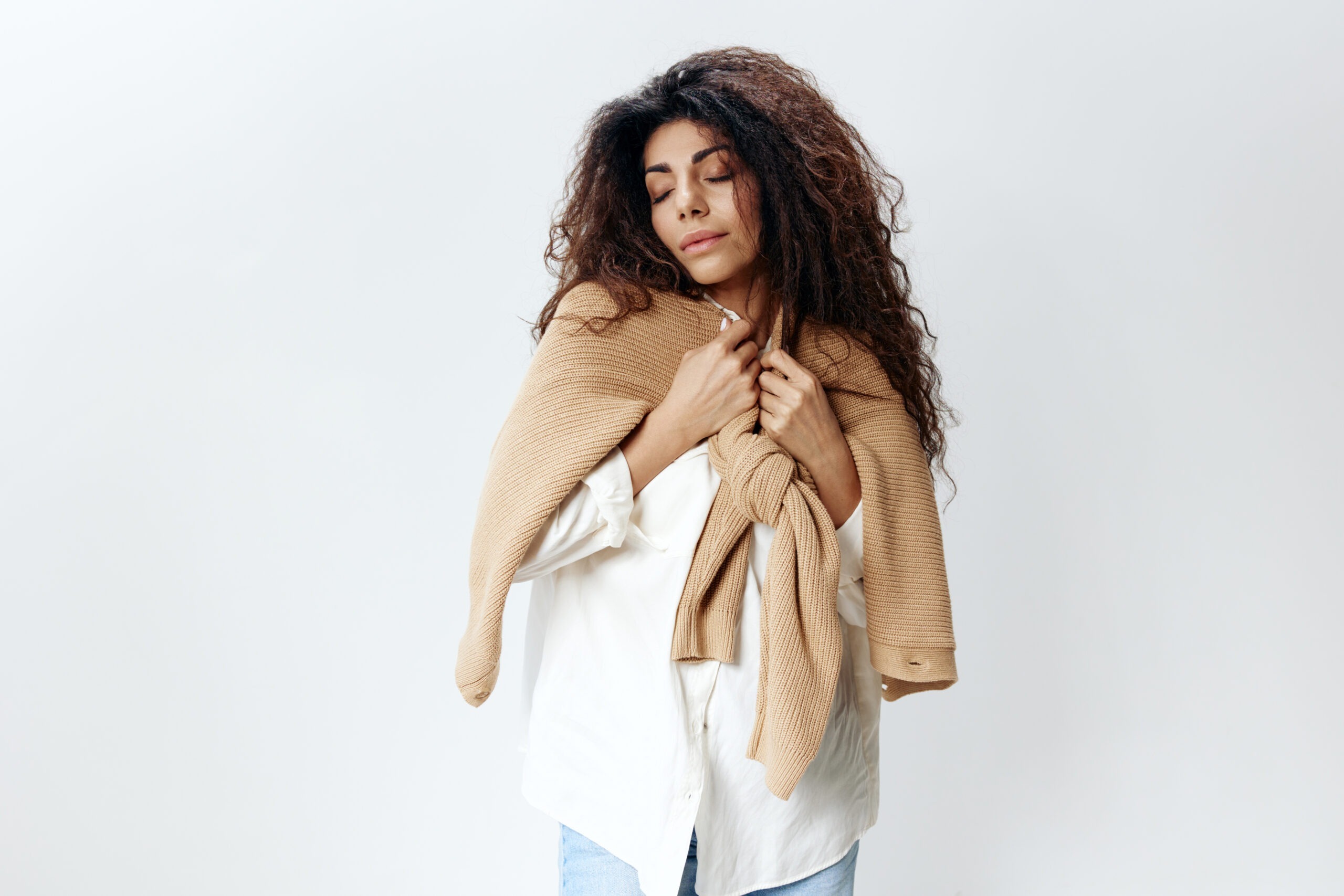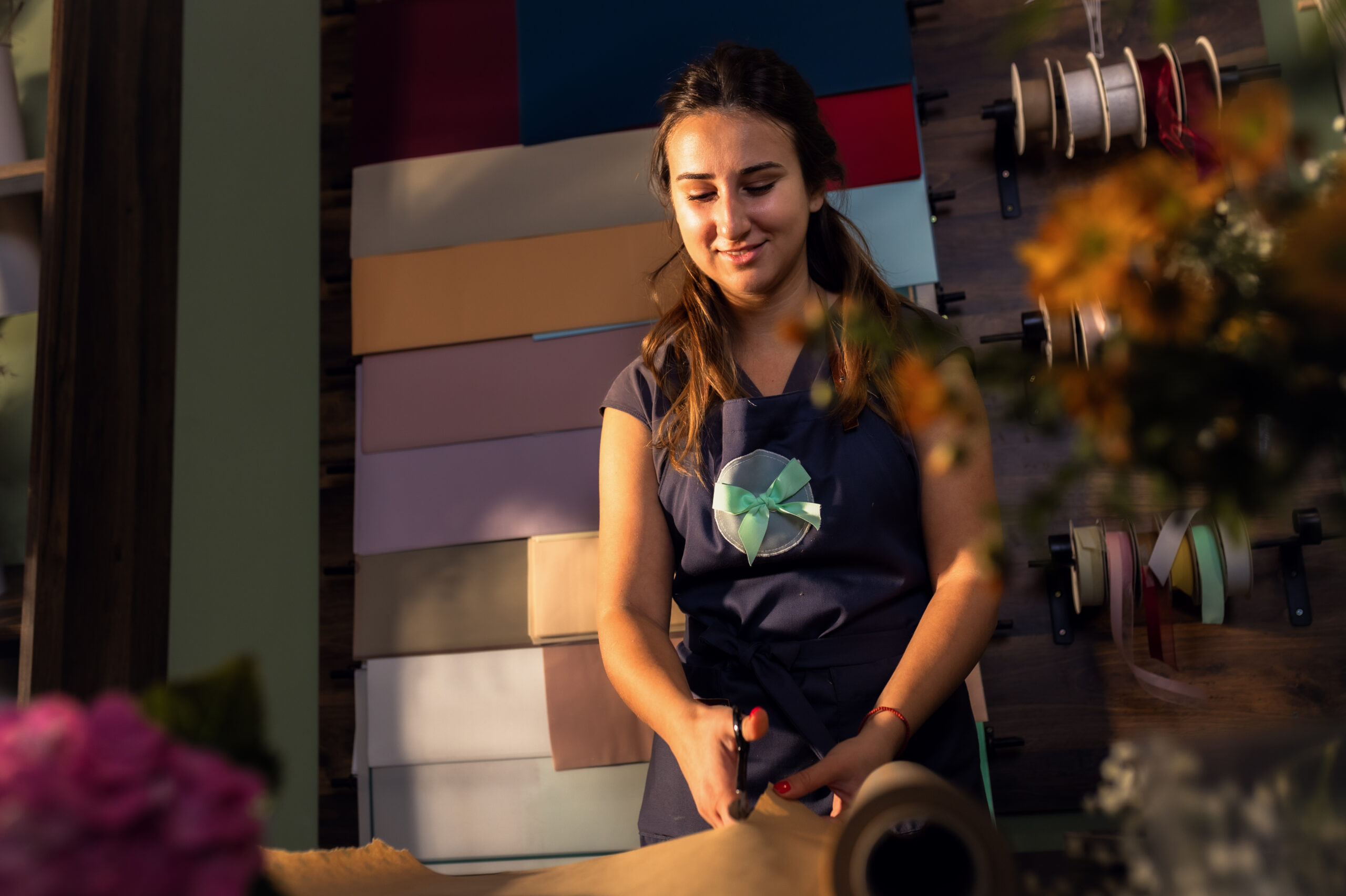Decoding Fashion: A Complete Guide to Types of Clothing Styles
Fashion speaks volumes before you say a word. The clothes we choose reflect our personalities, values, and how we want the world to perceive us. With countless options available today, understanding different types of clothing styles has become essential for anyone looking to refine their personal aesthetic or experiment with new fashion territories.
Whether you’re rebuilding your wardrobe, searching for inspiration, or simply curious about fashion’s diverse landscape, this guide will walk you through the most influential clothing styles shaping today’s fashion scene. We’ll explore their distinguishing characteristics, historical roots, and modern interpretations to help you navigate the rich tapestry of sartorial expression.
Understanding Types of Clothing Styles: Beyond Trends
The Cultural Significance of Clothing Styles
Fashion has always been more than mere clothing—it’s a visual language that evolves alongside society. Throughout history, types of clothing styles have emerged as responses to cultural movements, technological innovations, and shifting social values. What begins as practical necessity often transforms into powerful statements of identity and belonging.
In today’s digital age, clothing styles spread and transform faster than ever before. Social media platforms have democratized fashion, allowing subcultures and niche aesthetics to gain global influence virtually overnight. This accessibility has created unprecedented freedom for personal expression through clothing, blurring traditional boundaries between different style categories.
Timeless Types of Clothing Styles
Classic Elegance

Classic style emphasizes timeless sophistication through:
- Well-tailored silhouettes that honor proportion
- High-quality fabrics that improve with age
- Neutral color foundations with strategic accents
- Minimal but meaningful accessories
- Emphasis on fit rather than passing trends
This approach to dressing creates a refined, enduring aesthetic that transitions effortlessly between contexts and seasons.
Bohemian Spirit
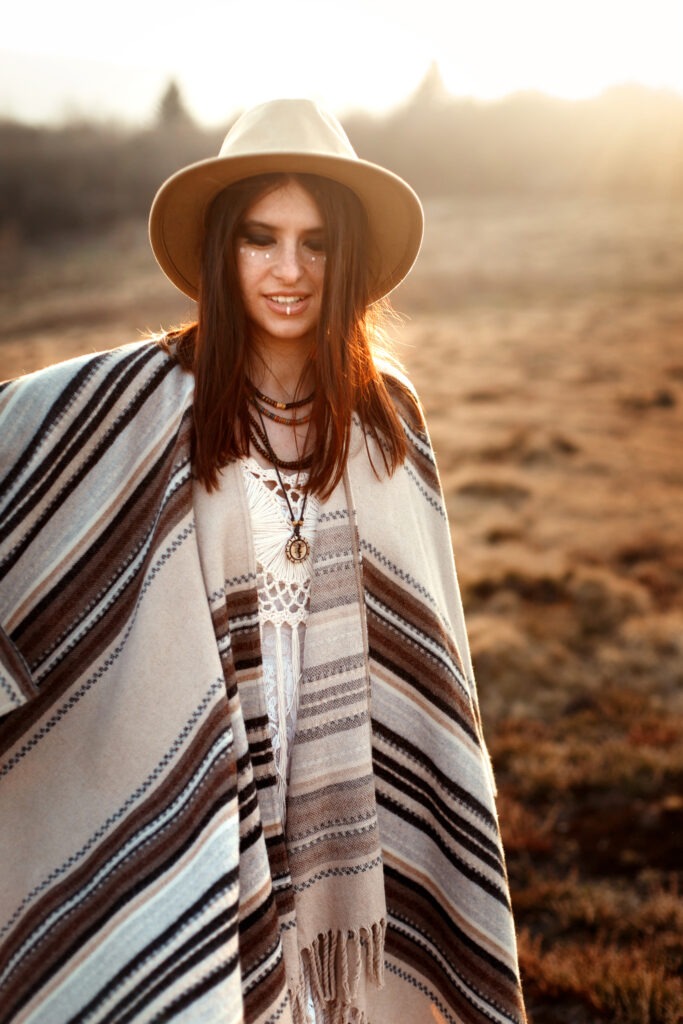
The bohemian (or “boho”) style celebrates artistic freedom and multicultural influences through:
- Loose, flowing garments that prioritize comfort
- Natural textiles like cotton, linen, and hemp
- Rich patterns and textures layered together
- Artisanal accessories featuring natural elements
- Warm, earthy colors interspersed with vibrant hues
This free-spirited aesthetic evokes creative expression, cultural appreciation, and harmony with nature.
Urban Streetwear

Born from youth culture, hip-hop, skateboarding, and graffiti art, streetwear has evolved into a dominant global force characterized by:
- Comfortable, often oversized silhouettes
- Bold graphics, logos, and statement pieces
- Athletic and utilitarian influences
- Limited-edition collaborations and drops
- Sneaker culture as a central component
Streetwear continues to challenge traditional fashion hierarchies by blending luxury with accessibility and comfort with cultural commentary.
Minimalist Refinement

Embracing the “less is more” philosophy, minimalist style features:
- Clean lines and uncluttered silhouettes
- Thoughtfully curated capsule wardrobes
- Monochromatic or limited color palettes
- Subtle textural variations instead of patterns
- Architectural influences in shape and structure
This approach focuses on quality over quantity, creating space for intentionality in both appearance and consumption habits.
Emerging Types of Clothing Styles
Conscious Fashion

As sustainability becomes increasingly central to fashion conversations, conscious style has developed its own aesthetic language:
- Ethically sourced and eco-friendly materials
- Transparent production practices and longevity
- Natural dyes and low-impact finishing techniques
- Upcycled and repurposed elements
- Celebration of craftsmanship and traditional techniques
This approach treats clothing as an investment in both personal expression and planetary wellbeing.
Digital Nomad Aesthetic
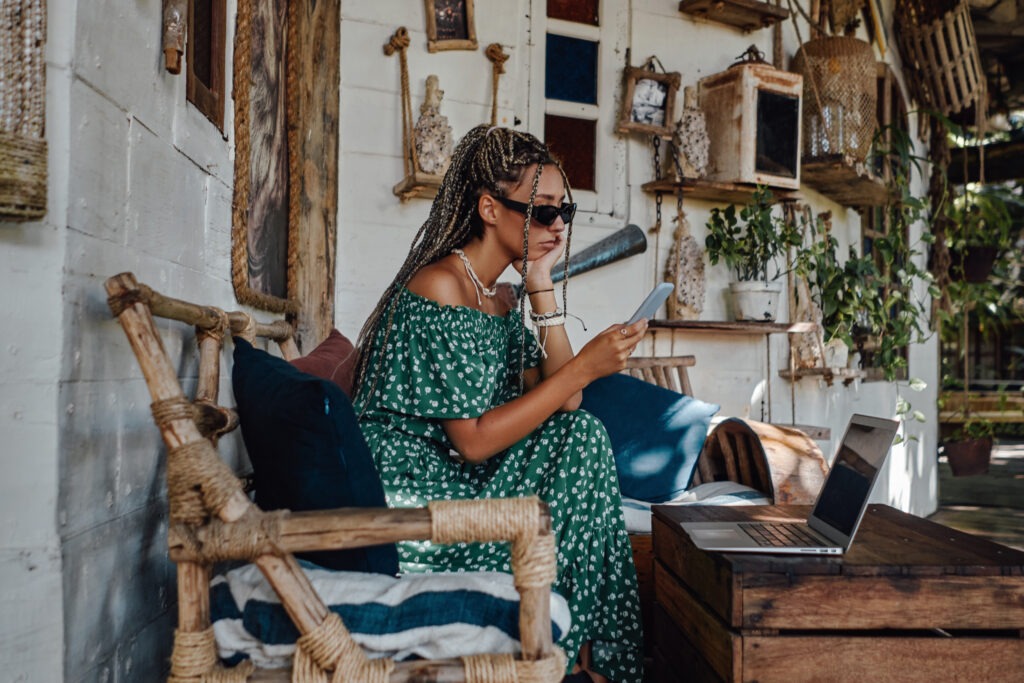
Responding to changing work patterns and increased mobility, this versatile style incorporates:
- Adaptable pieces that transition between environments
- Performance fabrics with technical benefits
- Modular designs that maximize packing efficiency
- Wrinkle-resistant and quick-drying properties
- Subdued color palettes for mixing and matching
This practical yet polished approach balances professional presentation with comfort and functionality.
Nostalgic Revival
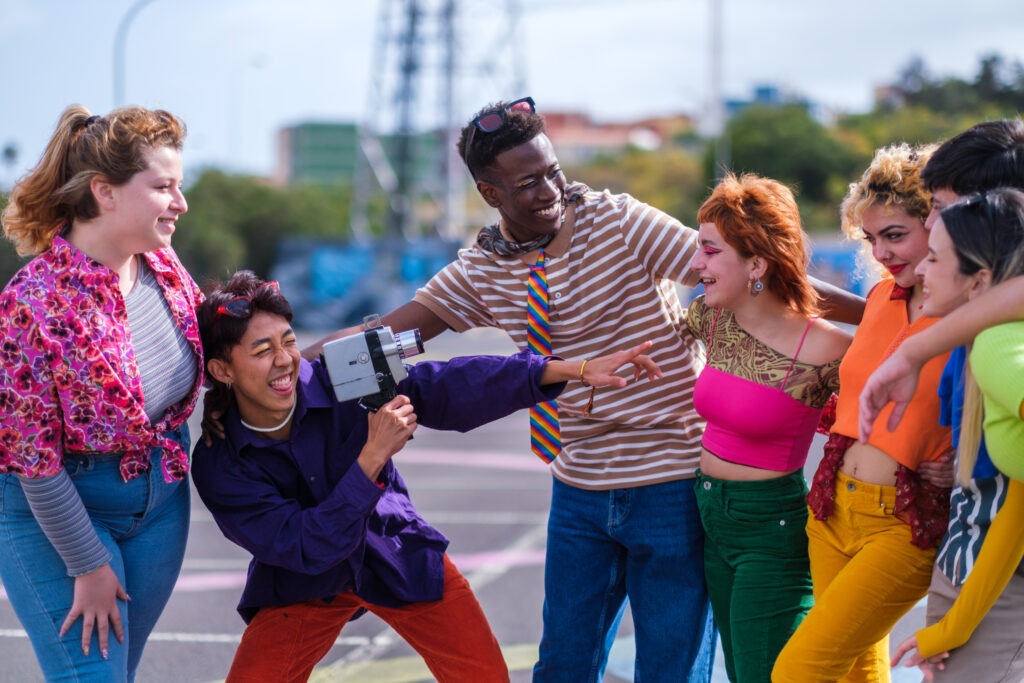
Drawing inspiration from previous decades, nostalgic styles reinterpret historical elements through contemporary lenses:
- Y2K aesthetics (1990s-2000s) featuring low-rise silhouettes, mini bags, and playful accessories
- 70s influences with wide-leg pants, platform shoes, and earthy palettes
- 80s-inspired bold shoulders, vibrant colors, and statement jewelry
- Vintage-sourced authentic pieces mixed with modern basics
These revivals allow wearers to reference cultural touchpoints while creating fresh, relevant looks.
Fluid Expression
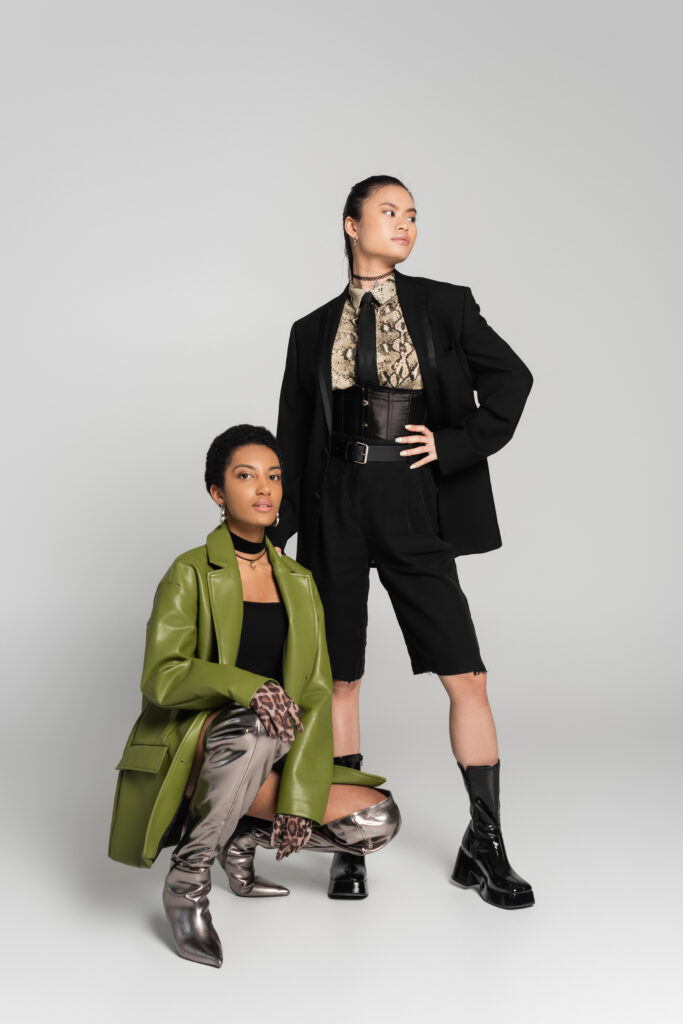
Moving beyond traditional gender constraints, fluid fashion prioritizes:
- Silhouettes that celebrate individual expression over conformity
- Experimental proportions and unconventional combinations
- Repurposing of historically gendered elements in new contexts
- Focus on how garments interact with and honor diverse bodies
- Creative tension between structure and fluidity
This approach challenges binary thinking while expanding the vocabulary of personal style for everyone.
Cultivating Your Personal Style
How to Navigate Different Types of Clothing Styles
Developing authentic personal style involves thoughtful exploration rather than strict adherence to categories. Consider these steps:
- Analyze your lifestyle needs and practical requirements
- Identify recurring themes in items you’re naturally drawn to
- Experiment with fusion approaches that blend different aesthetics
- Pay attention to how different styles make you feel when worn
- Build a foundation of versatile pieces that can adapt across style directions
Remember that the most compelling personal styles often exist at the intersection of multiple influences, reflecting the multifaceted nature of individual identity.
Frequently Asked Questions About Types of Clothing Styles
How do I identify which clothing style best matches my personality?
Start by noting patterns in clothes you feel most confident wearing and images you save for inspiration. Consider your lifestyle requirements, values, and the aspects of your personality you want your appearance to communicate. Experiment with different aesthetics in small doses before committing to significant wardrobe changes.
Can I embrace multiple types of clothing styles?
Absolutely! Many fashion-forward individuals incorporate elements from various style categories based on mood, occasion, and evolving preferences. This eclectic approach often results in the most authentic and interesting personal aesthetics.
How often do clothing styles typically cycle through fashion?
Fashion operates on multiple timelines simultaneously. Micro-trends may last only a few months, while broader style movements often cycle through 15-20 year periods. Classic elements, however, remain relatively consistent with subtle evolutions. The digital age has accelerated trend cycles while simultaneously allowing greater style diversity.
What’s the difference between a clothing style and a trend?
A clothing style represents a cohesive aesthetic approach with consistent underlying principles and cultural context. Trends are specific elements (silhouettes, colors, patterns) that temporarily gain popularity within or across various style categories. Styles tend to have longevity, while trends are more ephemeral.
Final Thoughts
The diverse types of clothing styles available today offer unprecedented opportunities for personal expression through fashion. Each aesthetic provides a unique vocabulary for communicating identity, values, and creative vision through what we wear.
As you explore this rich landscape of possibilities, remember that clothing styles are tools for expression rather than rigid categories demanding allegiance. The most compelling wardrobes reflect individual journeys, thoughtfully incorporating elements that resonate on a personal level rather than following prescribed formulas.
By understanding the defining characteristics and contexts of different types of clothing styles, you gain freedom to engage with fashion more intentionally. Your wardrobe becomes not just a collection of garments but a dynamic, evolving reflection of your authentic self—past, present, and future.
